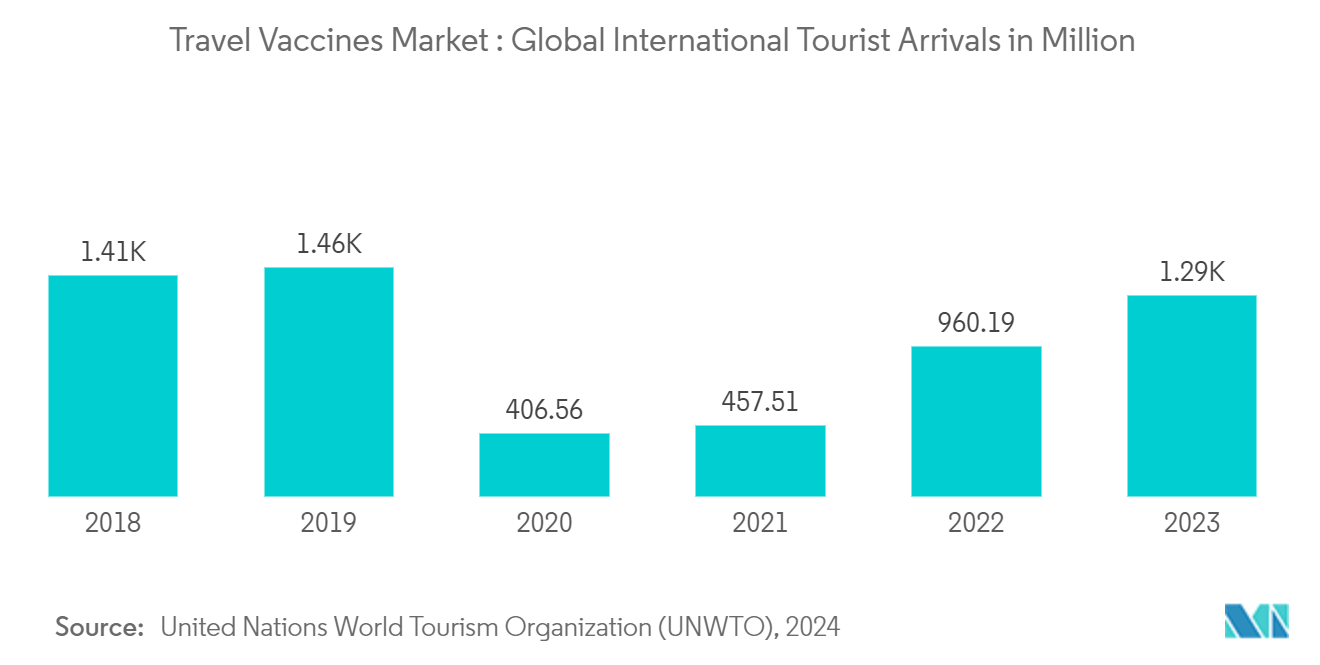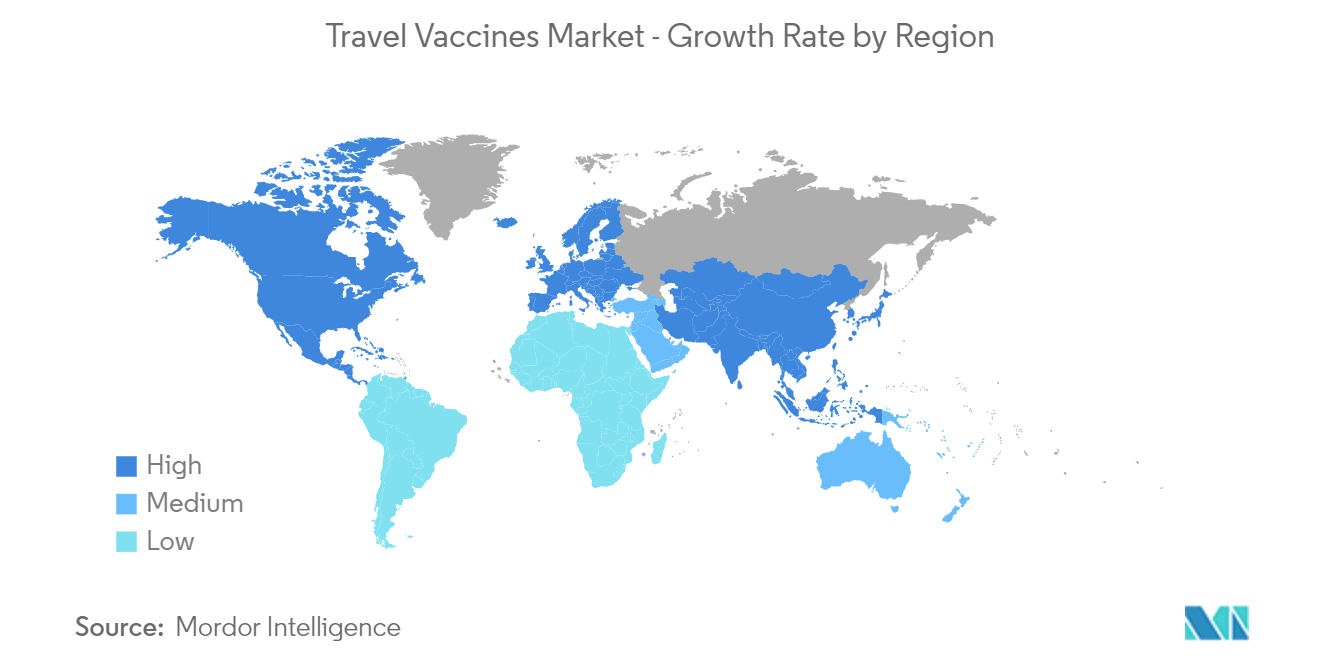Market Trends of Travel Vaccines Industry
The Hepatitis A Segment is Expected to Witness Significant Growth During the Forecast Period
According to the WHO, the hepatitis A virus has a global distribution trend and triggers ~1.5 million cases of clinical hepatitis each year. It estimates that most adults from developing nations have serological evidence of infection with the hepatitis A virus. The transmission occurs predominantly through the fecal-oral route and is directly associated with poor sanitary conditions. Bloodborne transmission of hepatitis A virus is relatively uncommon, though cases have been noted in the past.
Hepatitis A is an utterly common vaccine-preventable infection, often acquired during travel. Cases of travel-related hepatitis A generally occur in travelers who backpack to developed and developing countries and who have standard tourist accommodations, eating behaviors, and itineraries. Risk is paramount for those traveling to rural areas, frequently eating or drinking in settings with poor sanitation, or trekking in backcountry areas.
The CDC recommends vaccination as the best method to remain protected against hepatitis A. It recommends the vaccine for international travelers, six months of age or older, traveling to countries where the disease is common. The CDC also advises additional protection against hepatitis B by taking a combination vaccine, which is usually given in three doses.
Given the wide prevalence of the disease, coupled with the rising awareness of the benefits of the hepatitis A vaccine, there is an increasing demand for the same among international travelers to developing nations. Such factors are projected to drive segmental growth over the forecast period.

North America is Expected to Dominate the Travel Vaccines Market
North America is expected to dominate the travel vaccines market owing to factors such as the broad awareness of the benefits of travel vaccines, developed healthcare infrastructure, strong regulations from different government authorities, and the presence of established players in the region. The residents of the United States are known for traveling to various countries of the world. The US Travel Association estimates that 2.51 billion trips will be made by US residents in 2024, and the number will increase to 2.61 billion by 2026. Of these, 75.4 million are expected to be international trips in 2024 and will increase to 89.3 million in 2026.
According to the Japan National Tourism Organization (JNTO), 2.05 million US residents traveled to Japan in 2023, compared to 0.32 million in 2022 and 1.72 million in 2019. Such travel to tropical nations is anticipated to boost the adoption of travel vaccines, thus influencing market growth in the region.
Furthermore, several prominent players in the market are focused on expanding their geographical presence, which, in turn, is projected to create numerous growth opportunities for the market, thereby influencing market growth in the region. For instance, in September 2023, ByoRNA SAS, a French biotechnology company developing scalable mRNA bioproduction platforms, partnered with Florida-based Dyadic International Inc. to explore advanced bioproduction technologies to utilize the potential of messenger RNA (mRNA). Such strategic initiatives by critical players may further contribute to market growth.


